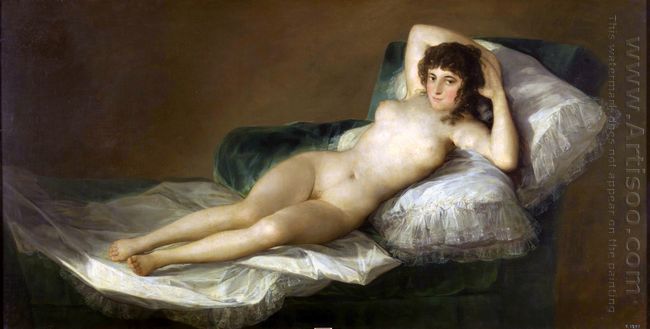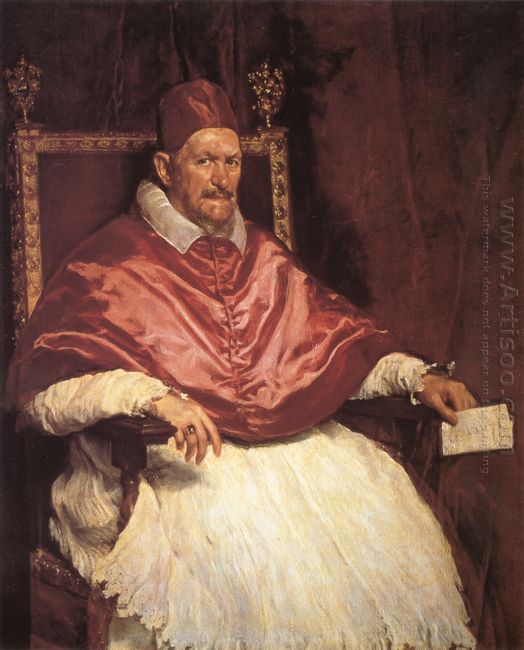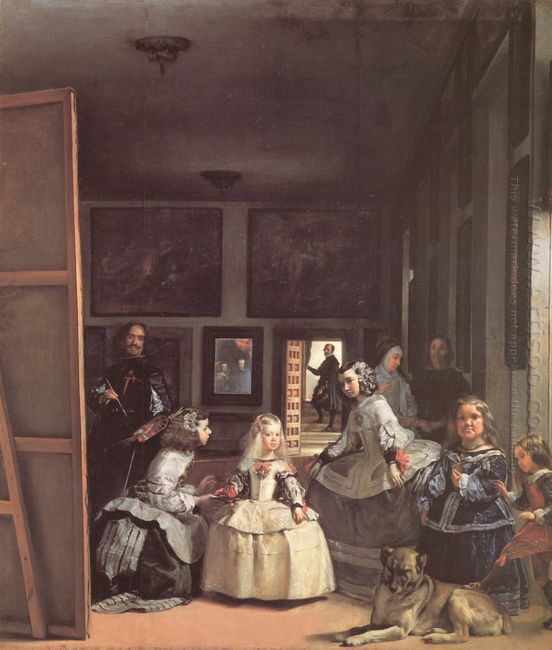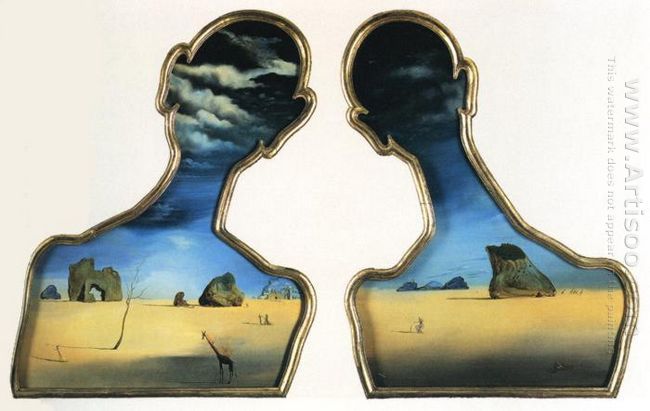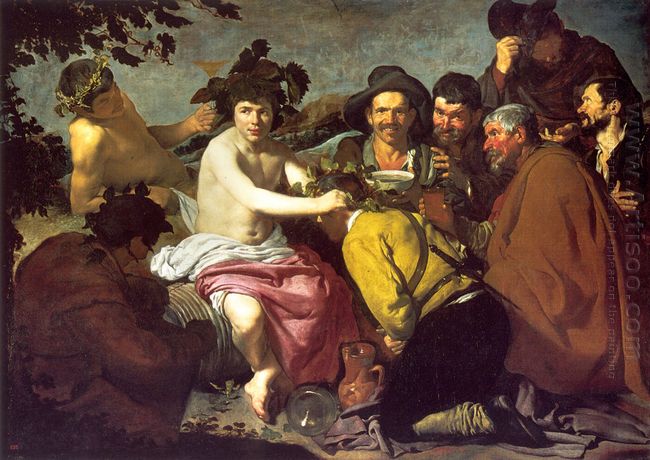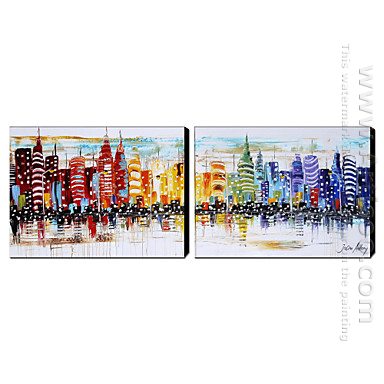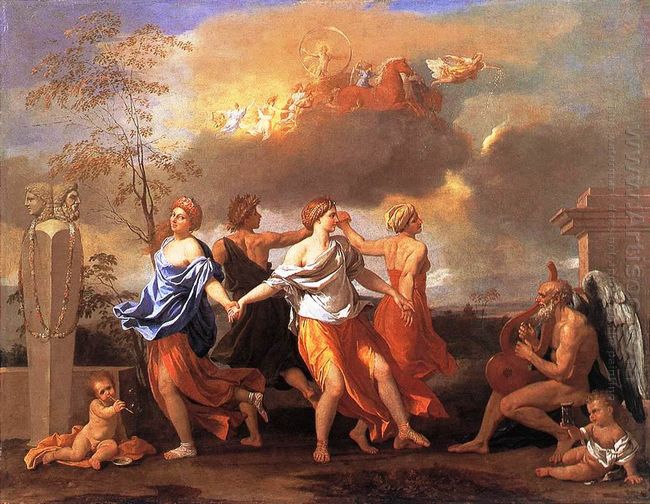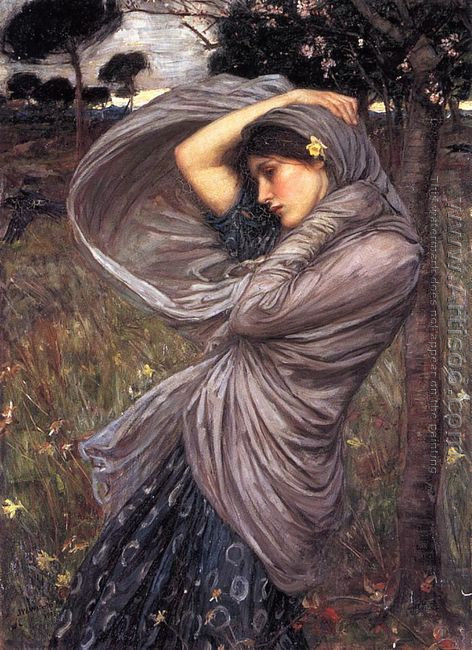Maja meant the beautiful girls in Spanish. The model was said to be the Duchess of Alba. In this nude figures painting, Maja made her both palms crossed behind her head and her body reclined on the bed, seeming to be very plump. The artist meant to show the youth and beauty induced by Maja. As the female body with the modern description given practical meanings, it could be considered a pioneer. It was impelled to say that it was of great importance of anti-feudal in the dark rule of Spanish inquisition.
Francisco Goya painted the nude Maja in the open form, which made the body and spirit of Maja completely bare. Both of her hands were placed behind her head and her body slightly reclined. Her right leg slightly held the left leg, showing a little shyness. The whole body was lying in the green Turkey couch, which was full of flowing curve changes. The lifted breasts and prominent buttocks of Maja made the curve changes in body form rhythm, the soft pillow’s irregular morphology under the body and wrinkles formed the contrast with the pure physical changes. The painting Maja looked at this real world and implied the elusive inviting smile. This painting showed the beauty of human nature and human body. The feudal monarchy of Spain shadowed the feudal autocracy and darkness of the inquisition and all human art was destroyed, so Spanish paintings had very few body art as open as in the Italian works.
Goya described the nude Maja in the real life and boldly challenged to the asceticism. Nude Maja produced a peculiar kind of aesthetic effect: it was not only attractive, but also made people want to avoid, Maja was so beautiful that so many people longed for her. She boldly opened her breasts, which also made people daunting. Humanity’s sincerity and secular fear of contradiction made this painting full of mystery.
